Tackling the challenge of Digital Transformation
One the one hand, we’ve become so accustomed to digital technology, we’re no longer able to imagine life without it. And yet, when it comes to the digital transformation of the workplace, we still have a long way to go. The greatest hurdle digital transformation is going to face is, simply put, people.
To clarify, there are a number of things that don’t have to do with technical innovations that are going to make the process more complicated. That’s not to say that creating the proper infrastructure to accommodate the rapid pace of development is not going to be a major issue in and of itself. But a number of key factors in implementing digital solutions are related to people. And while tech is relatively easy to change and adapt, people are not. However, the situation is not as bleak as it sounds if you break it down into several key areas that can be tackeled systematically.
Corporate Culture
According to an IDC forecast, by 2019, companies will have spent over 2 trillion dollars on digital transformation technologies. Since it does not require a complex physical infrastructure, and so much time and effort is invested in developing this field, digital technologies are rapidly evolving. The chart below shows the speed with which new technology is adopted, depending on the infrastructure they require.
It would be unfair to say that corporate culture hasn’t been adapting to the shift in the past decade, but there are still some things that could be improved. However, often mentalities are slow to change, in spite of the fact that this type of tech is almost everywhere in the current business environment. Arguably, it is due to this relative ease with each new tech is adopted that many companies underestimate the importance of planning, optimization, and integration. Even though many companies understand the importance of digital technologies and are quick to implement them, few have a clear plan when it comes to these processes.
When asked whether or not they have integrated their digital and traditional marketing activities, many respondents claimed their digital marketing plan was either not integrated or not optimized properly.
It’s true that these technologies have been developing quite fast themselves, and it might be difficult to keep up the pace. But this is precisely why having a digital transformation plan in place is essential. Since these technologies will continue to develop, it is essential that companies focus on a smooth and flexible approach when it comes to this transition.
A complete system overhaul might prove to be difficult further down the line and could possibly disrupt activities for a long period of time. Plus, a radical step towards digitalization could contribute to widening the skill gap, since employees will not be accustomed to the new tools and systems, and finding new talent is going to be challenging.
Skills and Training
The pace of digital transformation is fast outpacing the employees’ skills and abilities. Analysts believe we can expect a serious gap in the near future at this rate. Many companies have also reported they have difficulty finding talent, especially when it comes to planning and analyzing digital strategies, which is a crucial area to get right.
In a sense, this skills gap is both good news and bad news. One the one hand, those who feared technology could replace humans can rest assured knowing that well-trained humans can never truly be replaced. But they will have to adapt to the new work environment.
On the other hand, this skill gap makes it all the more important that companies have a clear strategy when it comes to digital transformation. While the changes themselves might be easy to implement, training employees and giving them time to adjust is more difficult to schedule.
Corporate culture needs to encourage its employees to develop their digital skills as soon as possible. Training takes a lot of time, and if there’s a large gap between the technology used and skills of the employees, businesses will end up losing money fast.
Luckily, as digital tools are evolving, so are the means of training employees to use them. By providing online support and tutorials, there are many ways in which companies can empower their talent to adjust to the shift on their own. Many employees deem these tools quite useful when it comes to improving their skills. This is one area in which both corporate allocation of funds and time and employee demand seem to overlap, if we compare the previous chart with the chart below.
The two charts might also be indicative of a lack of communication between upper management and employees. It seems companies are not investing enough time and support into the methods that their staff finds most effective when it comes to training.
Knowledge and Understanding
This issue is somewhat more abstract. And unlike training or changing corporate culture, it’s much harder to change because it concerns more to how people relate with digital transformation. And as such, it is more of an emotional issue.
It’s a challenge not many analysts mention when it comes to digital transformation because it’s difficult to quantify and assess.
A lot of people are still somewhat put off by this digital revolution. Some, as mentioned earlier, fear their jobs are in danger if these solutions are set in place. Others are still nervous about security concerns when it comes to cloud solutions, and still, others feel digital technologies will replace the human touch, and make the digital landscape fully automated and therefore sterile. The chart below illustrates personal views on ways to improve digital marketing effectiveness, and shows how companies need to focus on proper planning and encouraging a culture of personal up-skilling by investing in their employees' development.
People need to understand not just what digital solutions can do, but what their limitations are as well. And this can only come through a collective effort of gradually changing mentalities and approaches. It is important that companies understand that the digital transformation will not solve all of their businesses’ problems overnight and that these tools are designed to make their lives easier, not replace talent.
Digital transformation still has a long way to go, and since these technologies are constantly evolving, it’s highly unlikely we will ever reach a point in which the transformation will be complete. There are going to be a lot of hurdles to pass along the way, but as digital solutions are fast becoming the norm, companies will have to find ways to overcome these obstacles.
source http://www.smartinsights.com/manage-digital-transformation/digital-transformation-hurdle/

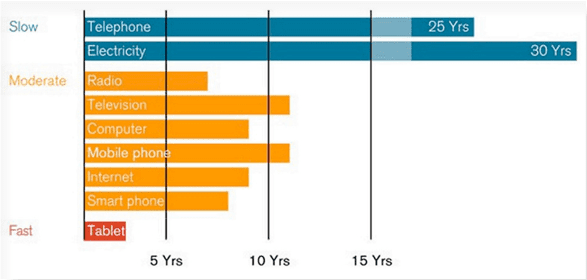
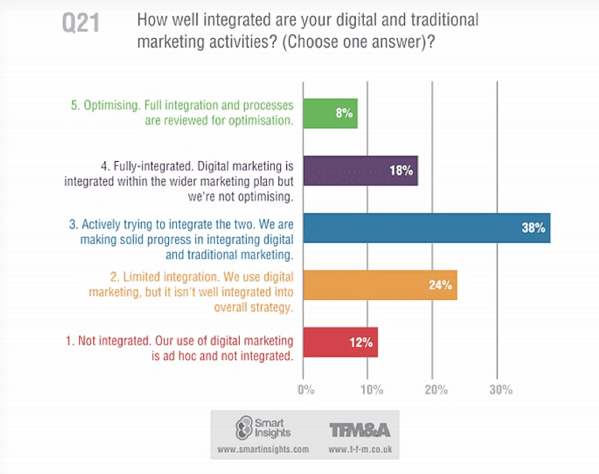
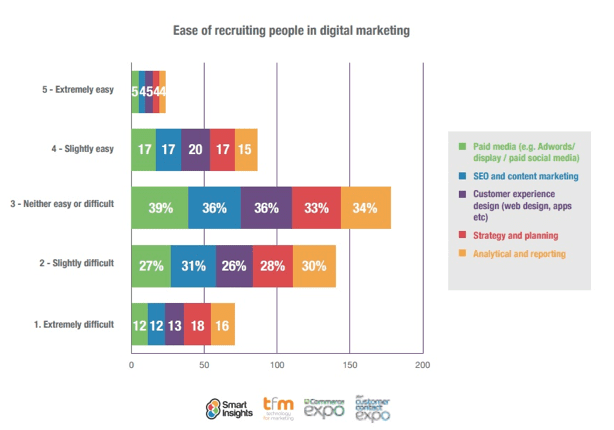
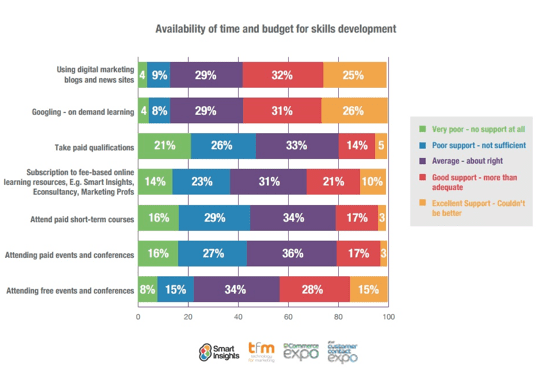
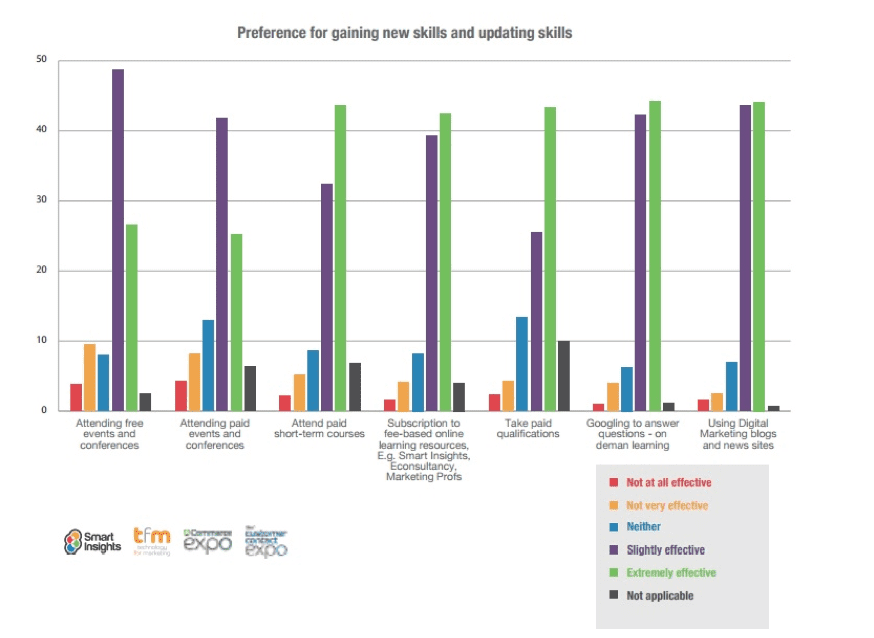
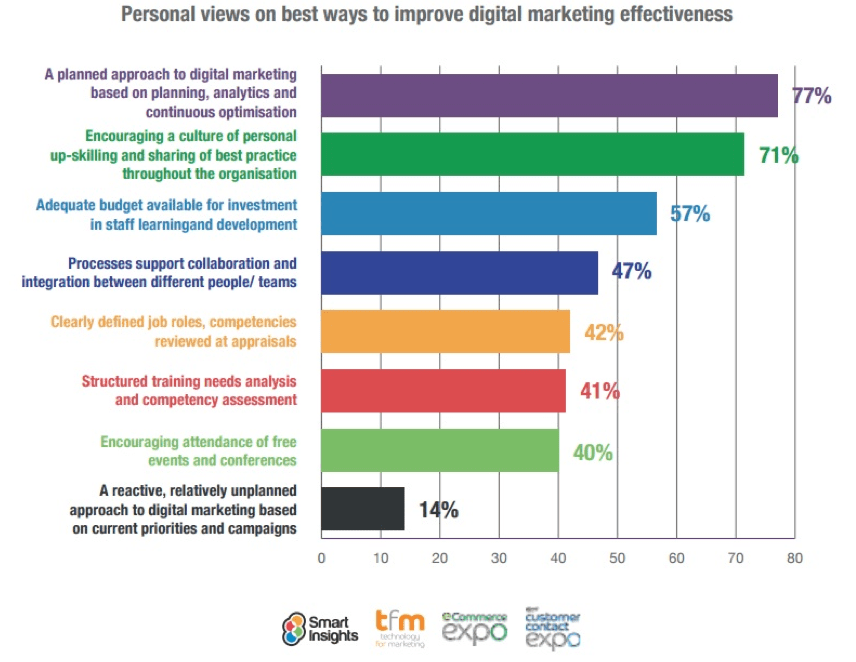
No comments:
Post a Comment